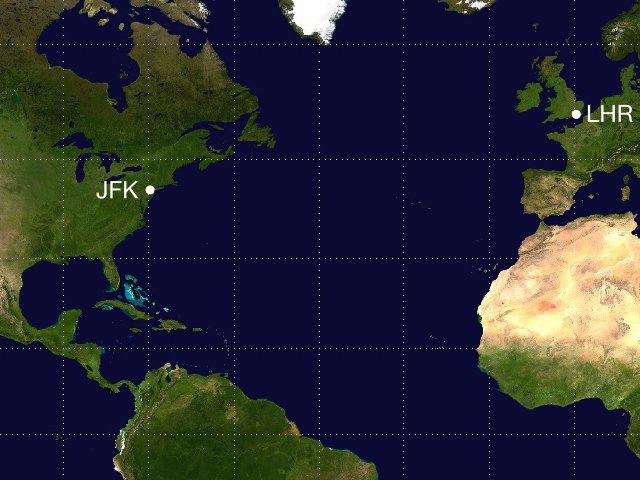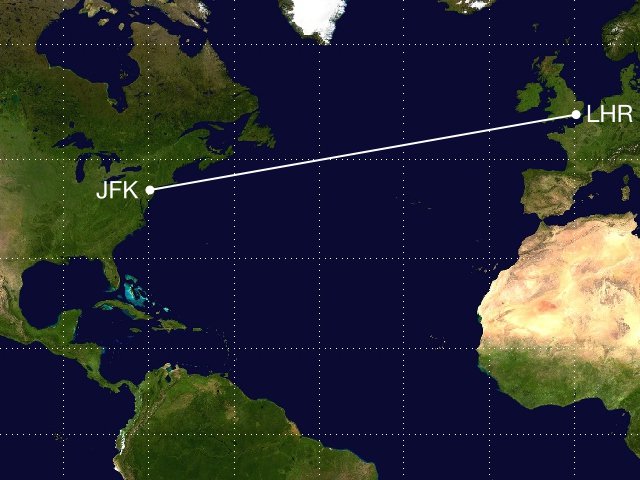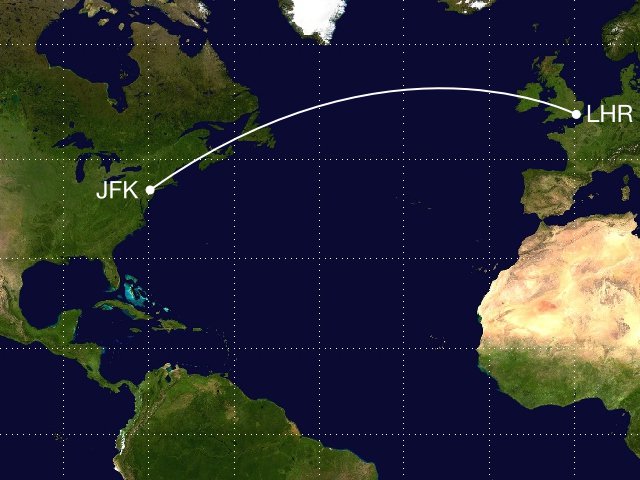One of the many items you are not permitted to bring aboard aeroplanes is a mercury thermometer (or more accurately “mercurial thermometers and barometers”). Why?

Aeroplanes are made largely of aluminium, as it has one of the best available strength-to-weight ratios.* When aluminium is exposed to air it forms a tough coating of aluminium oxide that doesn’t flake away like iron oxide (rust) does and which prevents chemicals from reacting with the aluminium.
But if the raw elemental aluminium is exposed (e.g. by a scratch) and comes into contact with mercury it forms an amalgam, tearing away at the aluminium and causing it to lose its structural integrity. As the aluminium is eaten away it combines with the air to form aluminium oxide and falls away (as seen in this video). This allows the mercury to reach fresh aluminium and the process then repeats, so a small amount of mercury can do a large amount of damage. If a mercury thermometer were to leak aboard an aeroplane the aeroplane would need to be taken out of service and disassembled to assess the damage the mercury might cause. There have been at least two incidents in which aircraft exposed to mercury have been written off by their insurers.
The forty second timelapse video above shows the effect of a small amount of mercury on an aluminium I-beam over the course of two hours.
* Titanium has a better strength-to-weight ratio (288 kNm/kg compared with aluminium’s 214 kNm/kg) but it costs about five-and-a-half times more. Titanium is used in jet engines, where strength-to-weight ratio is key.


